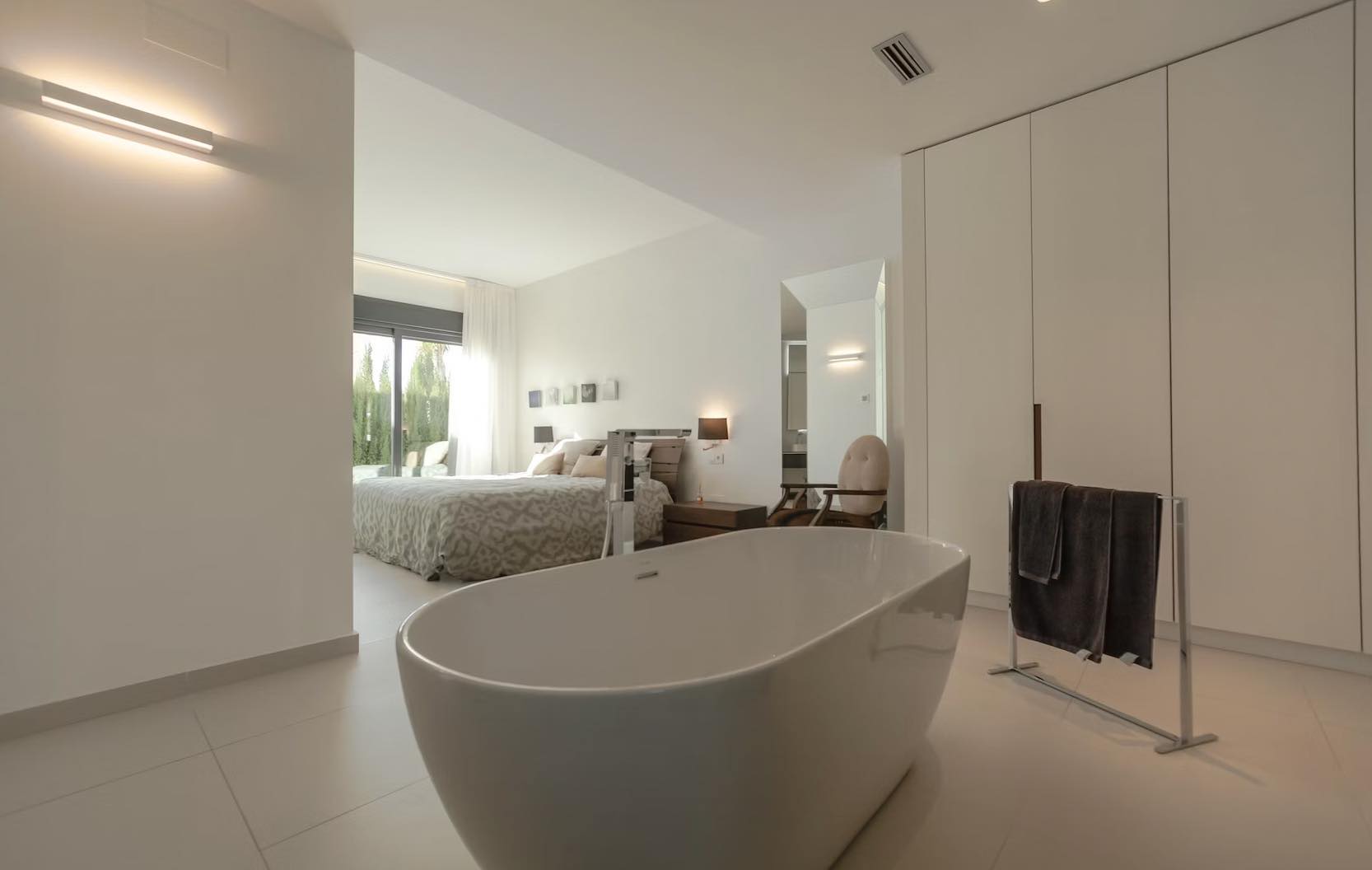
18 Jul Mastering Humidity Control: Your Key to Preventing Mold in Your Home
Humidity control is a crucial aspect of maintaining a healthy and mold-free home environment. Excess moisture in the air can create favorable conditions for mold growth, leading to potential health risks and property damage. To prevent mold from taking hold, homeowners need to understand and implement effective humidity control measures. In this article, we will explore new ideas and advice to help you control humidity levels in your home, ensuring a mold-resistant living space.
Understanding Optimal Humidity Levels: Before diving into humidity control techniques, it’s essential to understand the optimal humidity levels for a healthy indoor environment. The Environmental Protection Agency (EPA) recommends keeping indoor humidity between 30% and 50%. This range strikes a balance between preventing excessive dryness, which can lead to discomfort and respiratory issues, and avoiding excessive moisture that encourages mold growth.
Enhancing Ventilation
Proper ventilation is crucial in controlling humidity levels. Stale and stagnant air can trap excess moisture, leading to higher humidity levels and increased mold risk. To improve ventilation:
- Open windows and doors to allow fresh air circulation.
- Install exhaust fans in high-moisture areas like bathrooms, kitchens, and laundry rooms to remove moisture at its source.
- Use ceiling fans or portable fans to improve airflow and promote evaporation.
Use Dehumidifiers
Dehumidifiers are valuable tools in controlling humidity levels, especially in areas with naturally high humidity or during humid seasons. Consider the following tips:
- Select the appropriate size and capacity of a dehumidifier based on the square footage of the area and the humidity level.
- Place dehumidifiers in areas with higher moisture content, such as basements, crawl spaces, and areas prone to condensation.
- Regularly empty and clean the water collection reservoir to maintain efficient operation.
Utilize Natural Dehumidifying Techniques
In addition to mechanical means, you can also leverage natural dehumidifying techniques to control humidity:
- Utilize sunlight: Sunlight can help dry out damp areas, so open curtains and blinds during the day to let natural light in.
- Control water sources: Minimize water usage and promptly repair any leaks in plumbing, roofs, or windows to prevent excessive moisture in your home.
- Indoor plants: Indoor plants release moisture through a process called transpiration. Consider reducing the number of plants or grouping them in one area to limit moisture release.
Manage Condensation
Condensation is a common source of excessive indoor moisture. To manage condensation and prevent mold growth:
- Insulate windows and walls to minimize temperature differences between indoor and outdoor surfaces.
- Use weatherstripping and caulk to seal gaps and cracks that allow warm, humid air to enter your home.
- Wipe down and dry surfaces prone to condensation, such as windowsills and pipes, to prevent water accumulation.
Monitor Humidity Levels
Invest in a hygrometer, a device that measures humidity levels, to monitor and maintain optimal indoor conditions. Place hygrometers in different areas of your home to identify humidity-prone zones and take necessary measures accordingly. Regularly check the readings and adjust your humidity control strategies as needed.
Conclusion
Effective humidity control is a vital step in preventing mold growth and maintaining a healthy home environment. By enhancing ventilation, utilizing dehumidifiers, leveraging natural dehumidifying techniques, managing condensation, and monitoring humidity levels, homeowners can proactively control moisture and minimize the risk of mold. Consistency and vigilance in implementing these strategies are key. By mastering humidity control, you create a mold-resistant haven, ensuring the well-being of your family and preserving the integrity of your home.

